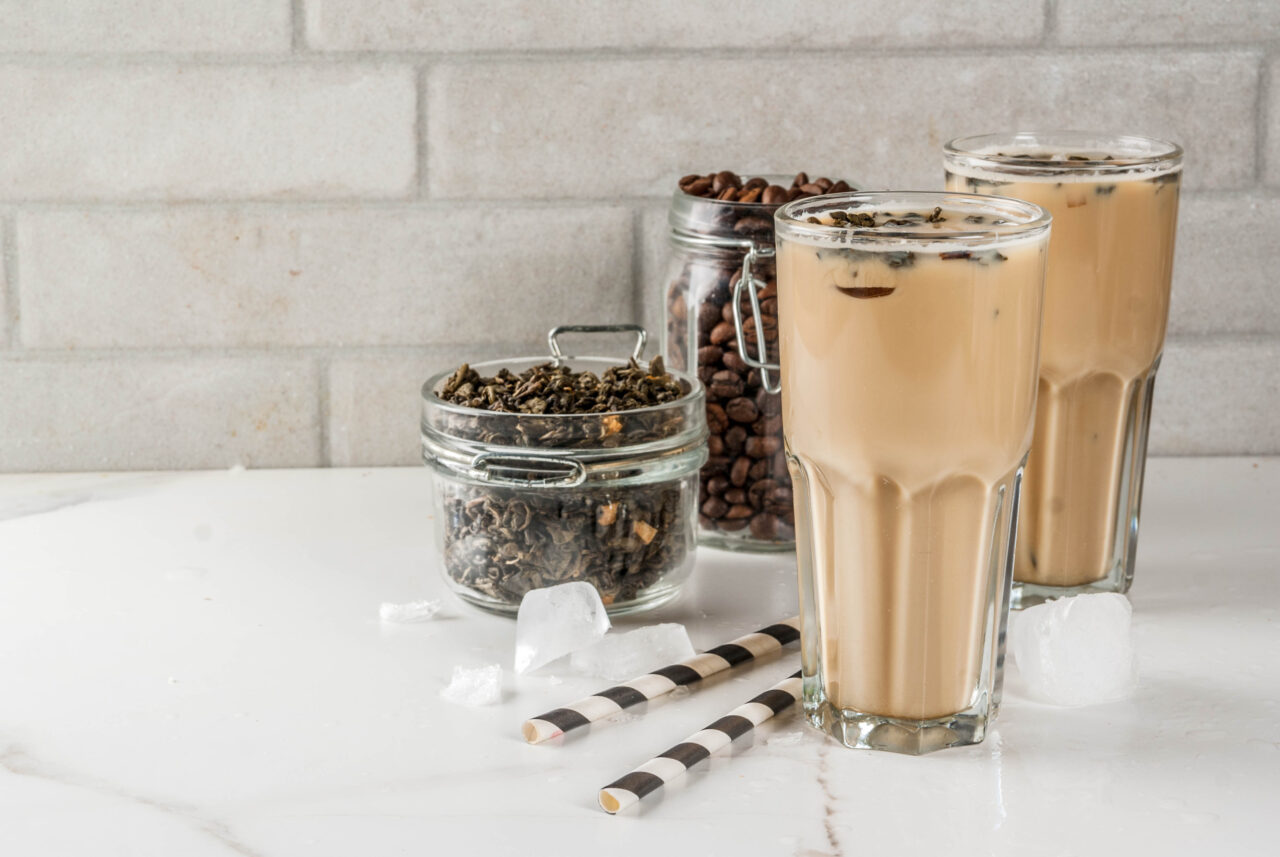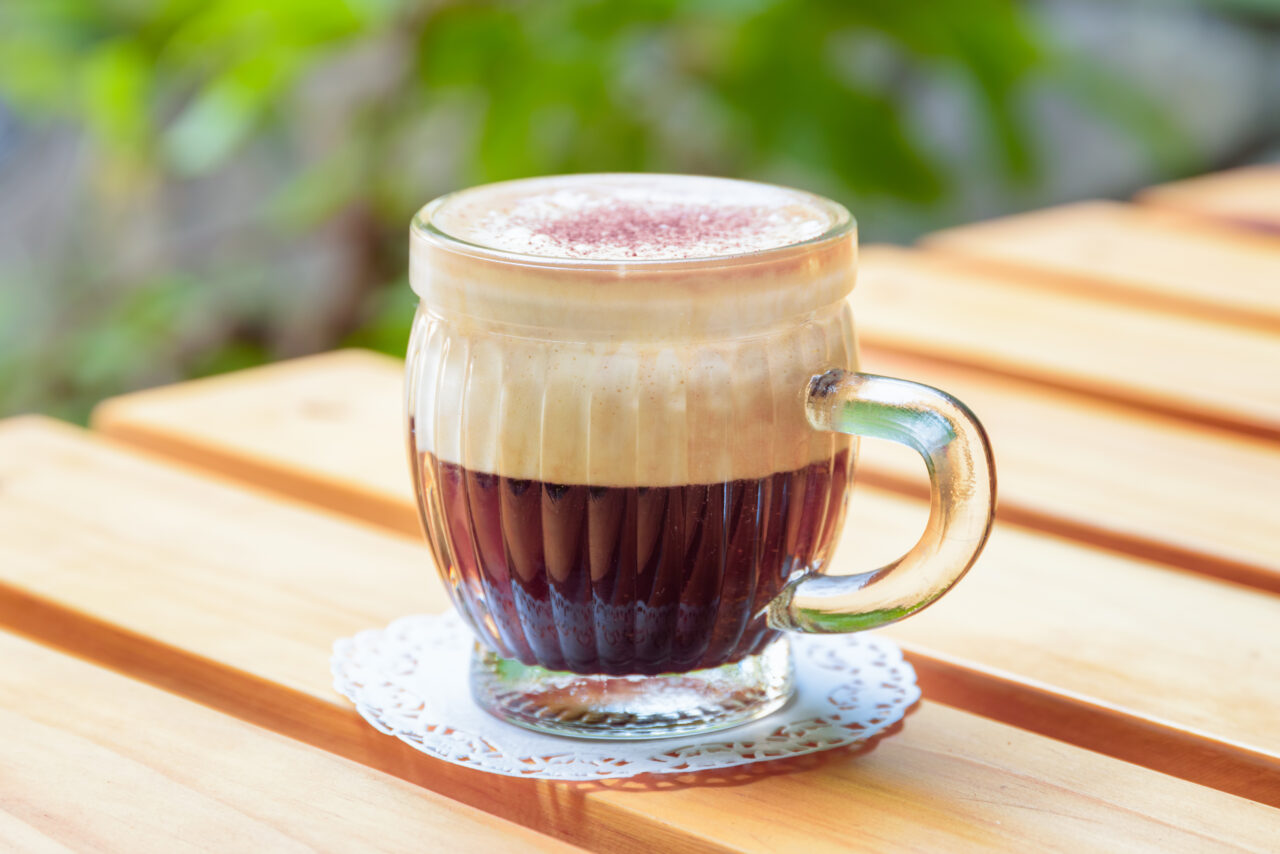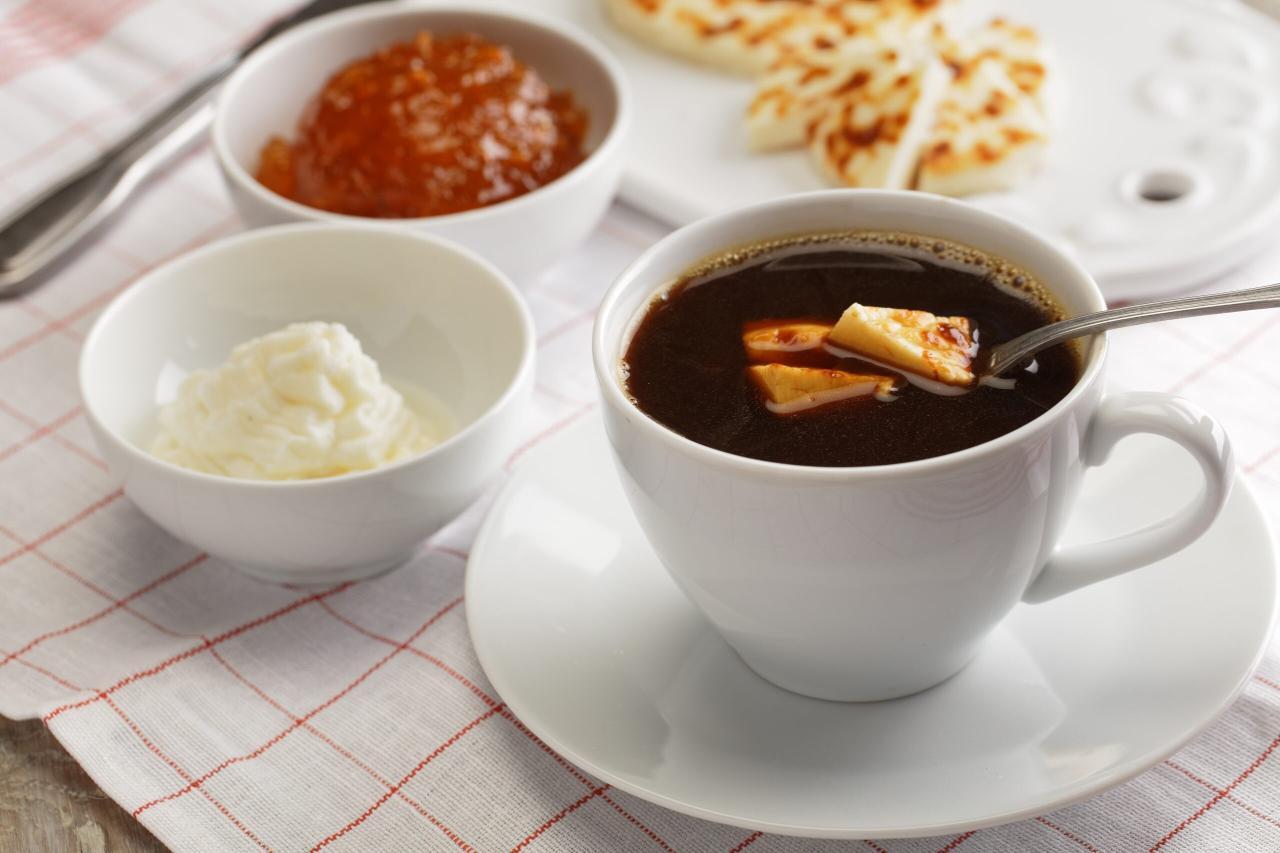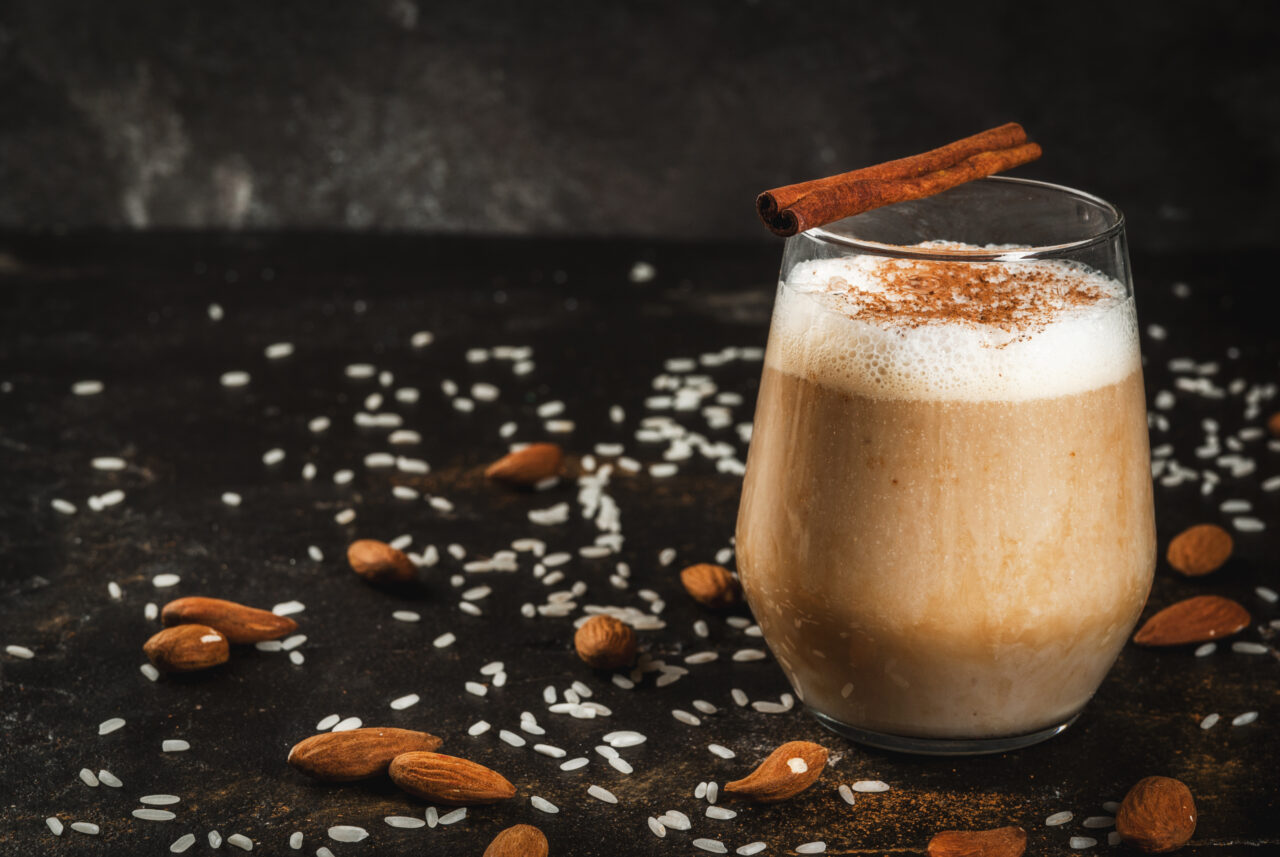There’s no hiding the fact that the UK is now a coffee loving nation, with the average Brit consuming around 2-3 cups of coffee per day. With 29% of coffee enthusiasts now home-brewing with espresso machines, we thought it was time to introduce you to some lesser-known brews from around the world, so you can try them yourself.
Here’s five different coffee brews from around the world you absolutely must try.

Yuenyeung
This drink’s name translates to Mandarin Duck, a nod to its origins in Hong Kong cafes. It’s likely that Yuenyeung is a fusion of tea and coffee originating from the British colonial era in Hong Kong’s history, where it is sold today in many cafes and restaurants around the country.
Yuenyeung was first served by open air street vendors called dai pai dongs, before becoming a staple drink in Hong Kong and the wider Asian continent.
Every year, participants in Hong Kong’s Kam Cha milk tea competition, compete to win the prize for the best Yuenyeung maker, with hundreds vying for the prestigious title.
Yuenyeung is a versatile blended drink, and can be consumed as both a cold and hot drink to suit different circumstances.
If you’d like to try your hand at making Yuenyeung, we’d recommend this fantastic recipe from The Woks of Life.

Ca Phe Trung
Vietnamese Egg Coffee is a drink traditionally prepared with egg yolks, sugar, condensed milk and coffee. Originating in Hanoi, this drink now has far reaching appeal in Vietnam as well as abroad in Scandinavian countries.
You might be reading this, wondering how bad a coffee and egg mashup might taste, but let us reassure you that it’s not nearly as bizarre tasting as you might think. Despite egg being one of the main ingredients, it’s actually beaten egg yolks which sit on top of the drink (rather than a scrambled, caffeinated egg affair) and it’s delicious.
You’d also be forgiven for thinking that the egg head on this drink is something you would drink through to reach the coffee, yet many cafes provide you with a spoon to eat the egg topping off before you have a single sip of the java beneath. If you do happen to like this beverage, it’s unlikely you’ll see it in your office coffee machine any time soon – at least, not until these machines can cater for egg whisking!
Cafes may also serve you a glass with a candle underneath, or submerged in a bowl of hot water – all in the name of retaining the heat required for the drink to taste its absolute best.
If you’re wanting to try this one at home, we would highly recommend not scrimping on the coffee beans you use, and opt for genuine Vietnamese coffee. The stronger and more bitter taste of these beans will help balance nicely against the sweet, creamy egg topping.
There are lots of great recipes online for Ca Phe Trung, but we particularly like the backstory behind The Ethnic Spoon’s take which you can read here.

Kaffeost
This one will certainly need a second take to believe it. Kaffeost translates to ‘coffee cheese’ – that’s right, a coffee which literally has pieces of sponge-like cheese floating in it.
A Scandinavian delicacy, this drink sees chunks of Juustoleipä (cheese bread) placed at the bottom of a cup before hot coffee is poured on top. The absorbant properties of the cheese help it take on some of the moisture and taste of the coffee, without the cheese disintegrating or becoming a mush.
Kaffeost is a traditional food of the Sami, the indigenous people of a large region covering northern Scandinavia and Russia. For obvious reasons, this drink has been popular in Finland, Norway, Sweden and Russia for a long time, and will no doubt continue to be long into the future. Its traditions don’t end with the drink itself, as it’s recommended that Kaffeost is served in a wide wooden mug, as it would’ve been many decades ago.
But how do you drink Kaffeost? There’s two ways you can do it – you can either remove the cheese from the cup before you drink, or leave it at the bottom of the cup to eat after you’ve finished the coffee.
This one split the office, but will be perfect for those who like a savoury snack. It’s not the quickest drink to create, but if you want to try this truly unique and different coffee brew, you can find the details here.

Mustang Coffee
For those who like an Espresso Martini, the Mustang Coffee treads a familiar path. This Nepalese drink is made from coffee, sugar (or honey), butter and raksi, a type of Nepalese rice wine.
Though coffee should make up more than half of the total drink, you’re still guaranteed to get a kick from this incredible drink. Named after the Mustang district of the Nepalese mountains, this drink is particularly popular amongst the trekking community.
Whereas some of the other unknown coffees that we have talked about in this article have widespread appeal, Mustang Coffee is only really found in this one region. If you happen to be the mountain-going kind and are looking at being in this area for your next adventure, you must find somewhere that sells Mustang Coffee – you won’t regret it.
However, if you’re like most of us and can’t see yourself being up a mountain anytime soon, you might struggle to get hold of a cup of this coffee. Unless you’re at DisneyWorld, which for some reason offers a version of Mustang Coffee, at their Nomad Lounge…

Horchata Latte
From the hard-to-find Mustang Coffee, we move to a variation of a common latte-based drink. If it looks familiar, that’s because you’ve likely had a spiced latte at some point in the past, and this drink shares the same DNA. The key difference (and the reason you must try this drink), is that its flavour base is Mexican Horchata.
Horchata are a group of Mexican spiced drinks, with each being made up of a unique blend of nuts, flowers, herbs or spices. A popular variant is Horchata de arroz, which is made with rice milk, vanilla and cinnamon, which when combined offers a sweet and smooth taste to compliment the Café Latte element of this particular drink.
It’s not surprising that this version of Horchata is most commonly mixed with Café Latte in countries like Mexico and Guatemala.
We said a moment ago that this one might be familiar to those who are partial to a pumpkin spice latte or festive coffee, but this one has to be tasted to appreciate quite how different Horchata de arroz makes a coffee taste.
This one takes the ‘slow and low’ approach – if you’ve got plenty of time on your hands (and a slow cooker), you should try out our recommended recipe, here.
Are you looking for great coffee for your workplace? Connect Vending are one of the UK’s leading independent operators, supplying businesses of all sizes with bean to cup coffee machines and quality branded ingredients.
To find out more about our range of solutions and to see how we can transform your workplace food and beverage provisions, give us a call on 01865 341011 or send us an enquiry. We’d love to hear from you!

